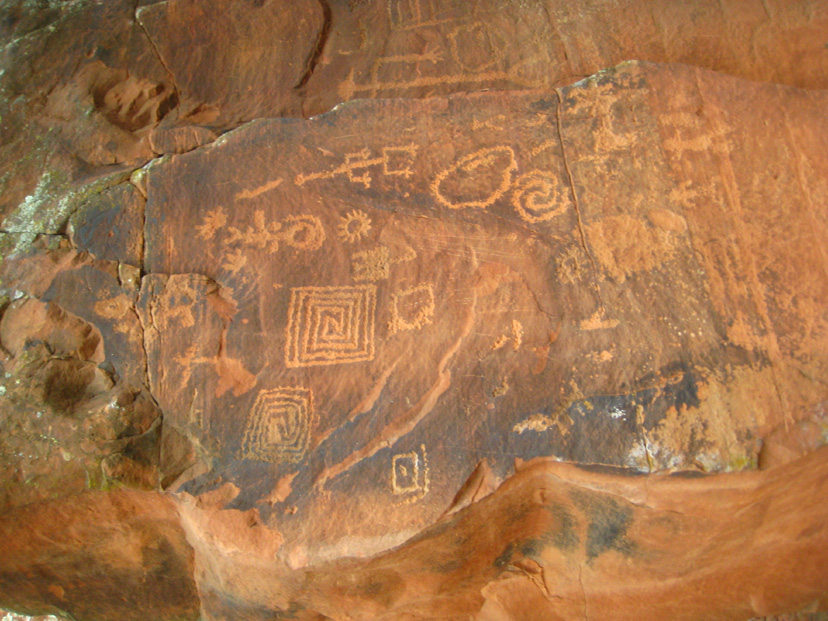
The accuracy of that approximation depends on the frequency with which those data points are spaced and on the curvilinearity of the roadway. The breaklines only approximate the true geometry of the feature that they represent. Roadway features, such as the edge of pavement, are represented by straight breakline segments connecting the appropriate points on adjacent cross-sections. The points are formed in a cross-sectionally oriented manner. The DTM surface is composed of discrete points and connecting breaklines. It may represent the finished surface or a particular subgrade.  The surface created by the RoadDTM command is an approximation of a particular portion of that parametric roadway model. The road job is a parametric roadway model, which can exactly define the finished surface and subgrade surfaces at any location along the road. The RoadDTM command is used to create a DTM surface representation of a Terramodel road job. Complex ramps and interchanges can be modeled more rapidly and more accurately using the new commands.Īn Approximation of Terramodel’s Parametric Roadway Model. Accurate surfaces with guidance linework can be quickly passed into GCS900 for grade control operations or to SCS900 for site positioning operations. Traditional surface to surface volumes can be carried out. Surfaces can be visualized in 3D and contoured to check for surface integrity. Users can now quickly and easily build road models and output accurate surface models (complete with linework) of road finished grade and subgrade surfaces. This release follows on from the development of the Road Job Workflow Guide in Terramodel v10.50.
The surface created by the RoadDTM command is an approximation of a particular portion of that parametric roadway model. The road job is a parametric roadway model, which can exactly define the finished surface and subgrade surfaces at any location along the road. The RoadDTM command is used to create a DTM surface representation of a Terramodel road job. Complex ramps and interchanges can be modeled more rapidly and more accurately using the new commands.Īn Approximation of Terramodel’s Parametric Roadway Model. Accurate surfaces with guidance linework can be quickly passed into GCS900 for grade control operations or to SCS900 for site positioning operations. Traditional surface to surface volumes can be carried out. Surfaces can be visualized in 3D and contoured to check for surface integrity. Users can now quickly and easily build road models and output accurate surface models (complete with linework) of road finished grade and subgrade surfaces. This release follows on from the development of the Road Job Workflow Guide in Terramodel v10.50. 
The primary focus of the Terramodel v10.60 release is to continue to enhance the road modeling capabilities of the software and further develop the interface with SCS900 for site measurement and stakeout operations.
 A product bulletin is available on Partners at.
A product bulletin is available on Partners at. 
The release notes can be found in English at.TerramodelVersion 10.60 Please view in slide show mode !








 0 kommentar(er)
0 kommentar(er)
